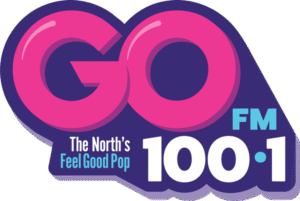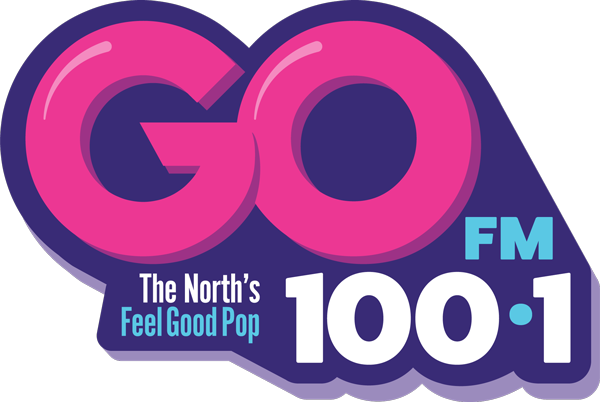The Government of the Northwest Territories (GNWT) has released the Junior Kindergarten to Grade 12 Education System Performance Measures Technical Report for 2022-2023.
The annual report provides data that assists the GNWT and educational authorities in addressing student needs and supplying the required support and resources for their success. Briony Grabke, Manager of Public Affairs and Communications at the NWT Department of Education, states that the JK-12 Performance Measures Report is designed to monitor annual trends in the NWT education system, not to draw conclusions.
Alongside this year’s technical report, the GNWT released a fact sheet on high school graduation. The value of a high school diploma has grown since the previous generation. Canadian data shows a definitive correlation between possessing a high school diploma and higher earnings. In 2023, the Six-Year Graduation Rate for the NWT stood at 59 per cent.
The technical report shows a decline in the NWT graduation rate since 2021. According to Grabke, this decrease is not attributed to an increased number of graduates in 2021, but to a smaller student cohort in 2022 and 2023. It is more consistent with the rates from previous years for regional centers.
In 2021, the Department of Education, Culture, and Employment (ECE) implemented a new methodology for calculating the graduation rate in the Northwest Territories (NWT), termed the Six-Year High School Graduation Rate. This method evaluates the proportion of NWT students who fulfill the criteria for a Senior Secondary School Diploma within six years of commencing high school.
The new method categorizes students into cohorts according to the year they first enrolled in Grade 10. The graduation rate is calculated by dividing the number of students who graduate within a six-year timeframe by the original cohort size.
This method acknowledges that students may follow various paths to fulfill high school graduation requirements, which might extend beyond the conventional three-year period. It draws on insights from the Office of the Auditor General of Canada’s report on education from junior kindergarten through grade 12 in the Northwest Territories and consultations with the British Columbia government’s Student Outcomes Reporting and Analytics team, which employs a similar method to monitor the six-year completion rate for secondary school diplomas.
Gaps continue in graduation rates, with Yellowknife at 71% compared to smaller communities at 44%, and a significant gap between Indigenous students at 44% and non-Indigenous students at 87%. The graduation rate difference between Indigenous and non-Indigenous students persists at approximately 30-40%. The “Education Renewal and Innovation Framework: Directions for Change” document addresses this issue.
“Education has always been a priority for northern people. One of the first duties of any community was to help their children become capable people. Elders were central to teaching, as they helped children learn knowledge, skills, attitudes, and values that they and their community would need to survive.
A different way of teaching children was brought to the North in the 1800s when missionaries arrived and began teaching in French or English, focusing on religious instruction. This Euro-Canadian style of teaching became formalized through the creation of residential schools. These new schools often took children from their families and communities, cutting them off from their language, culture, and way of life. The history and legacy of these schools are still strongly felt across the NWT. They are at the root of many of the challenges we see in northern communities today and in the relationships between many northern people and formal education.” More detailed information regarding this topic can be found on pages 3 and 5-7 of the Framework.
The government aims to boost graduation rates via multiple initiatives. The Education Renewal and Innovation Framework highlights the link between education and culture. In the NWT, culture-based education and tailored programs allow the government to respect the varied learning styles of students and better meet their requirements. The ECE reinforces this with its Indigenous Languages and Education Policy, Guidelines, and Handbook.
The GNWT has implemented a curriculum adapted from the British Columbia (B.C.) school curriculum to suit the NWT context. The Conference Board of Canada recognizes B.C. as a leading province in educational performance, notably for being among the first to adopt a competency-based learning approach that fosters students’ curiosity and creativity.
The GNWT has formed a partnership with Douglas College to introduce an Education Assistance and Inclusion Certificate program. This initiative is designed specifically for the NWT, offering practical and relevant education. The program equips NWT Support Assistants with specialized skills for improving student well-being, development, and academic achievement. The success of this collaboration highlights the benefits of joint efforts in enhancing graduation rates and student outcomes.








